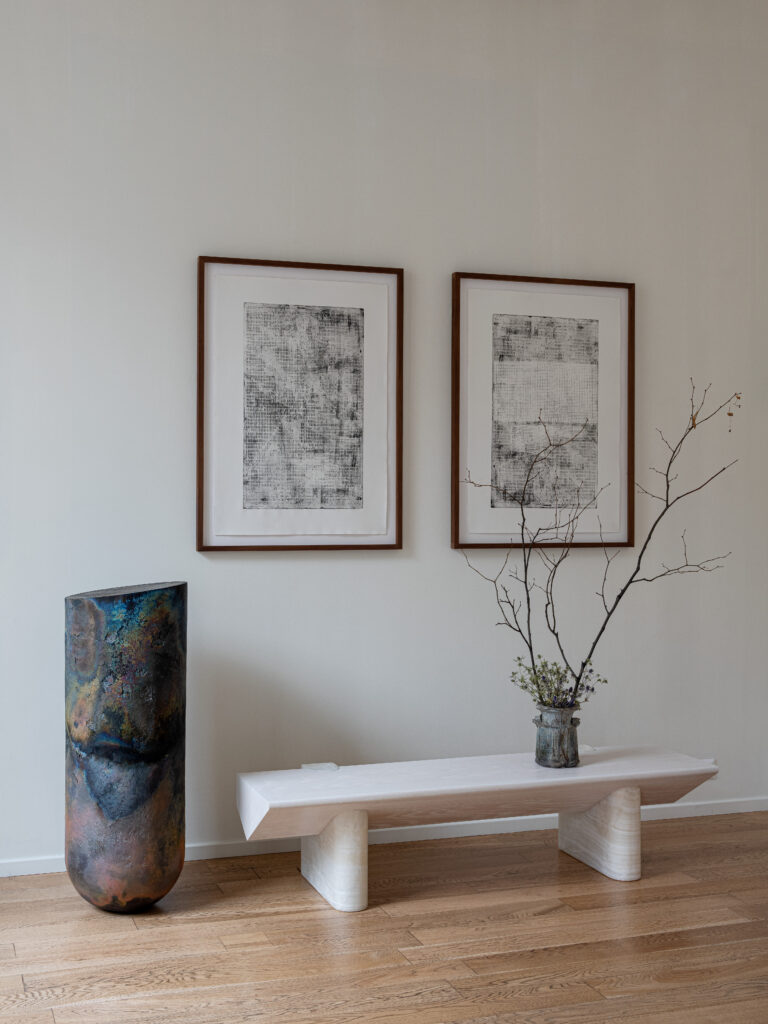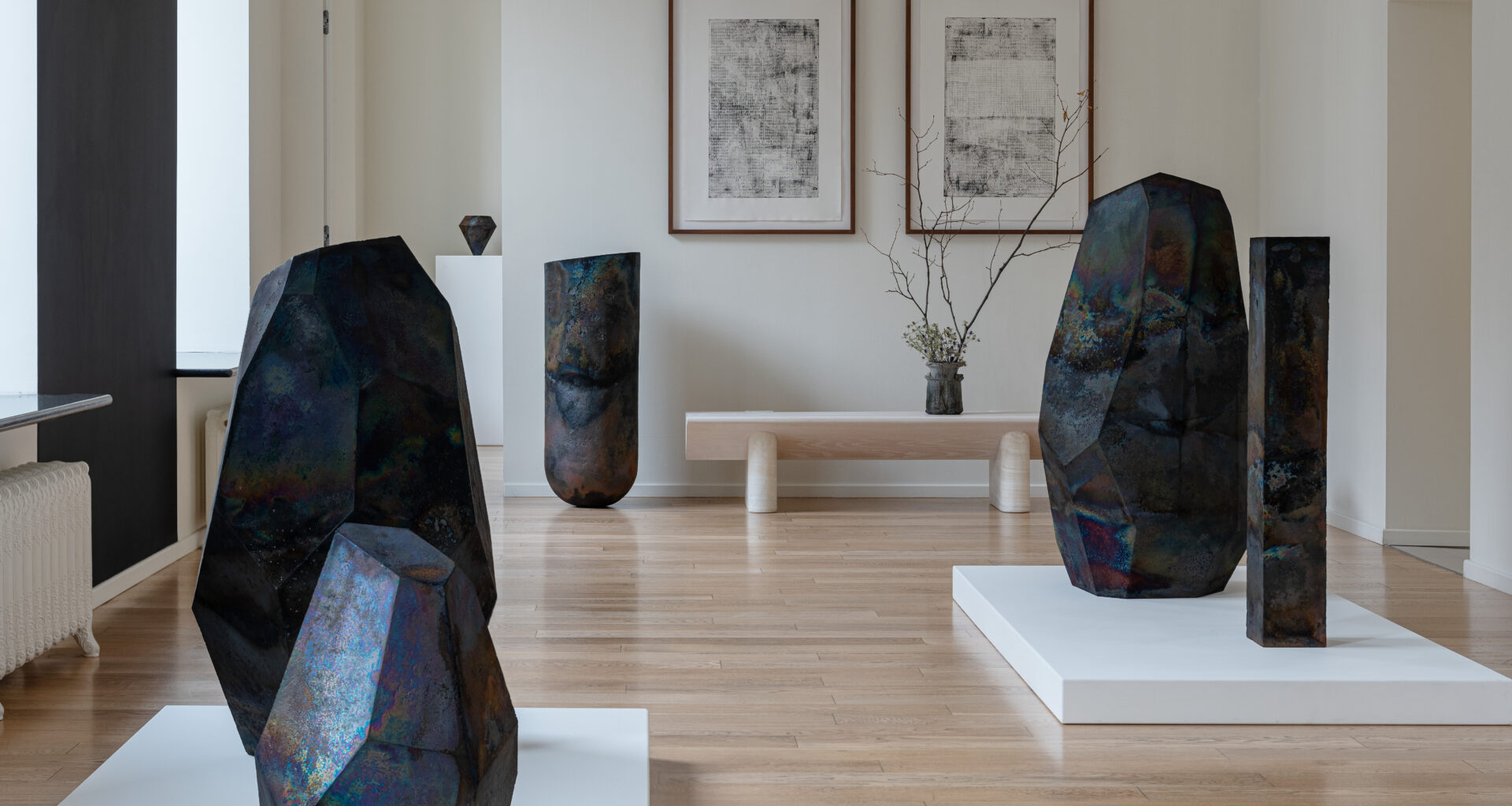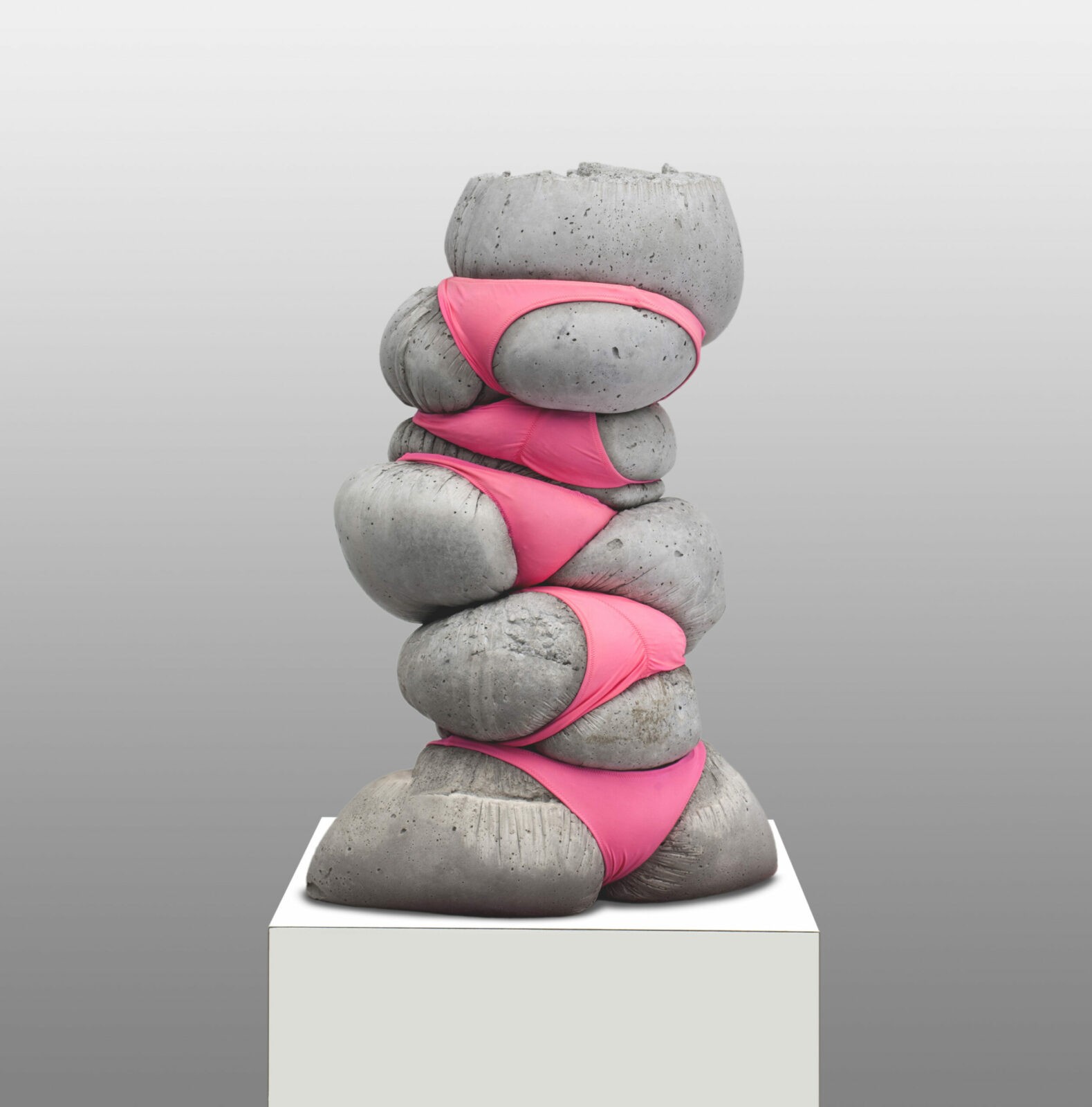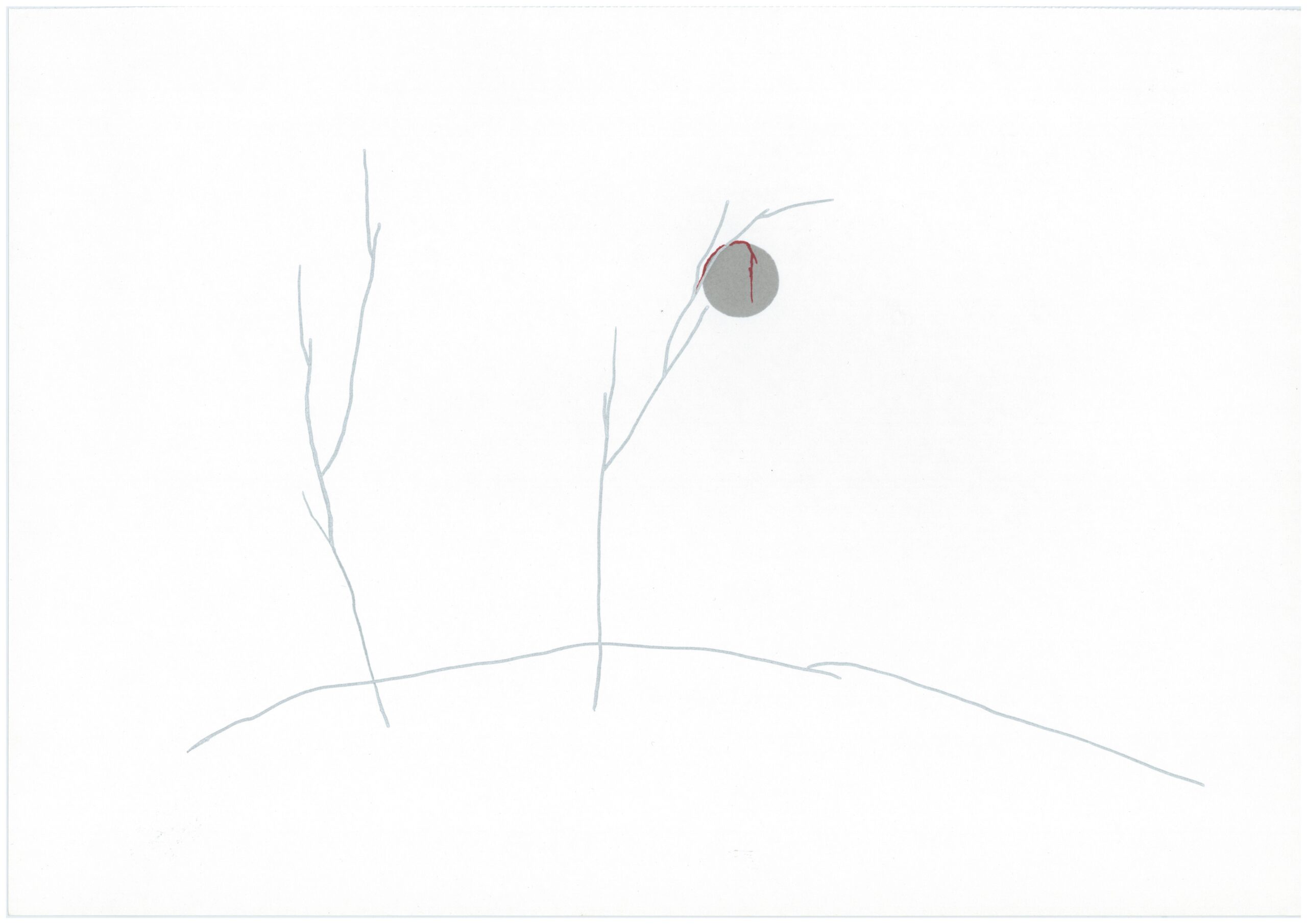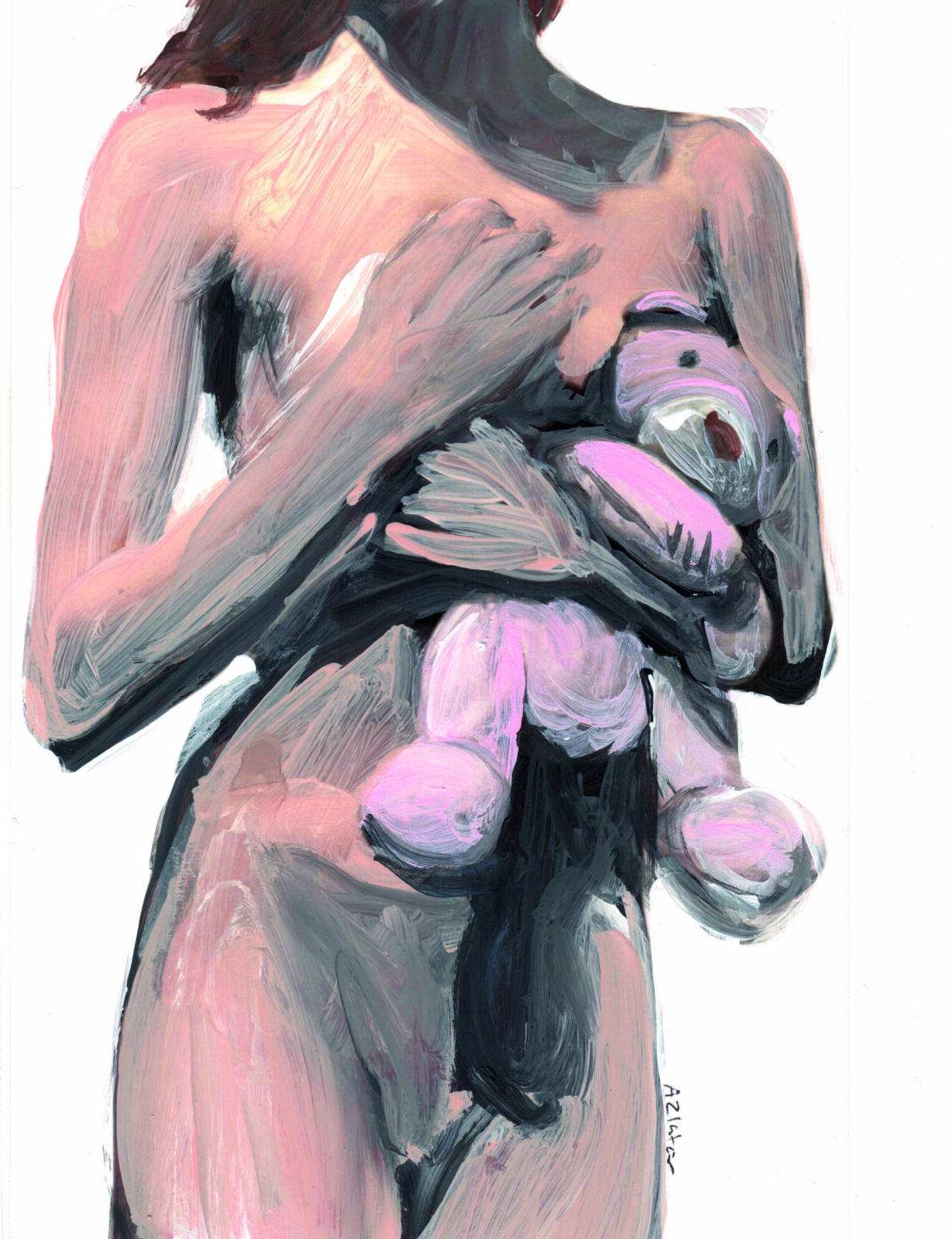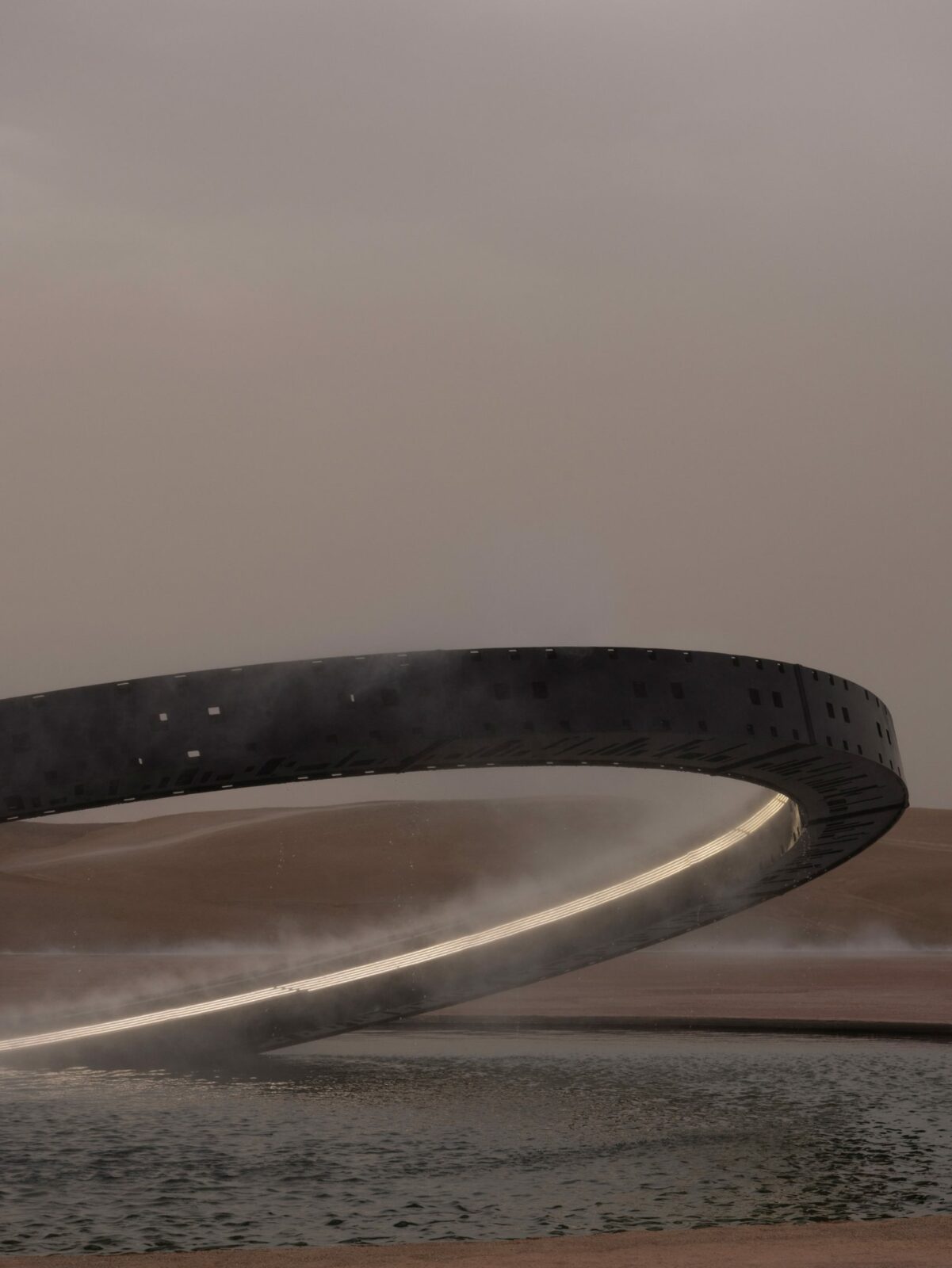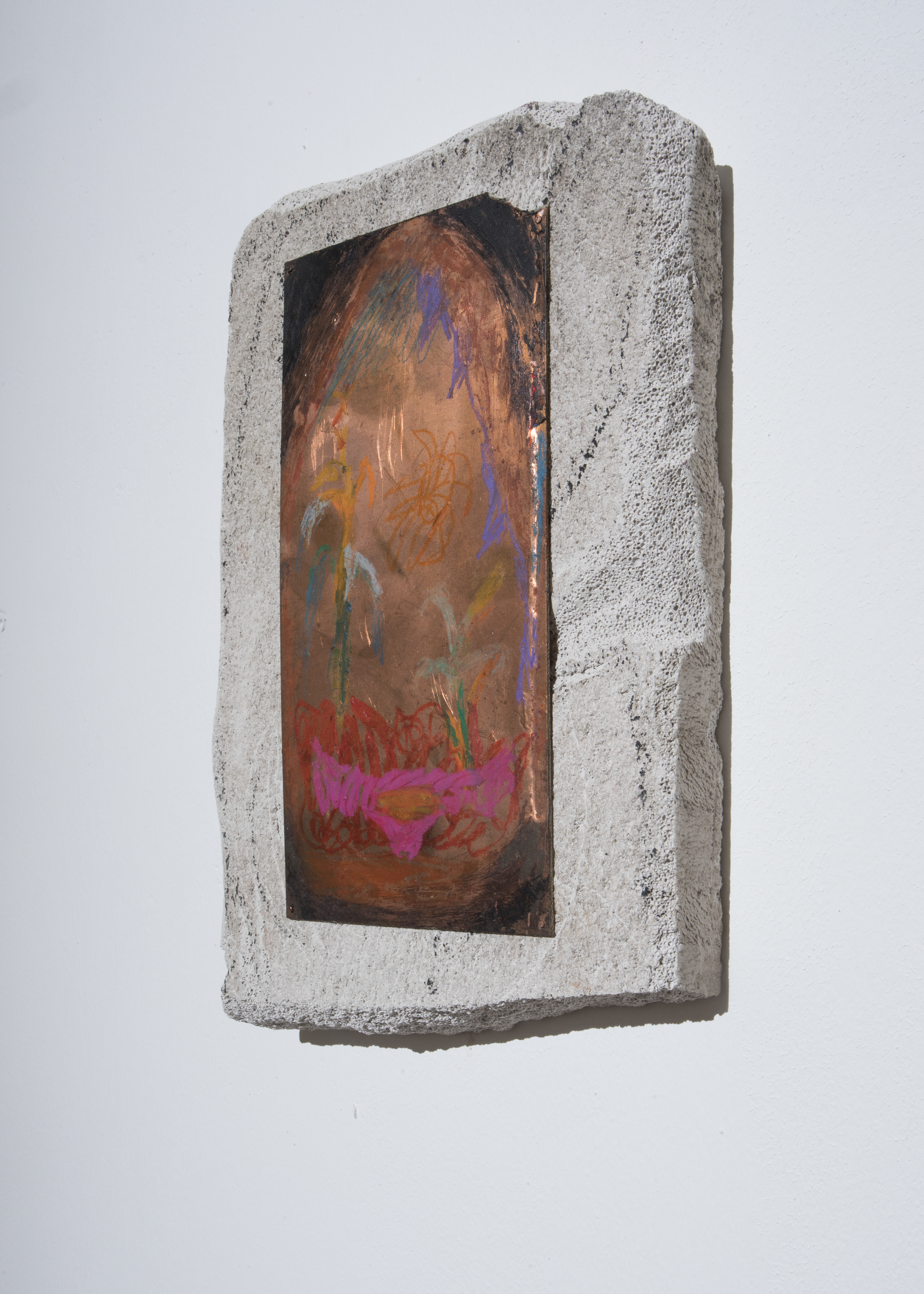Tomonari Hashimoto is a Japanese ceramic artist who creates objects with unique textures that are produced through a labour-intensive layer-by-layer firing process. In 2019, Hashimoto became the youngest winner of the Loewe Craft Prize, and his exhibitions are held in world cultural capitals.
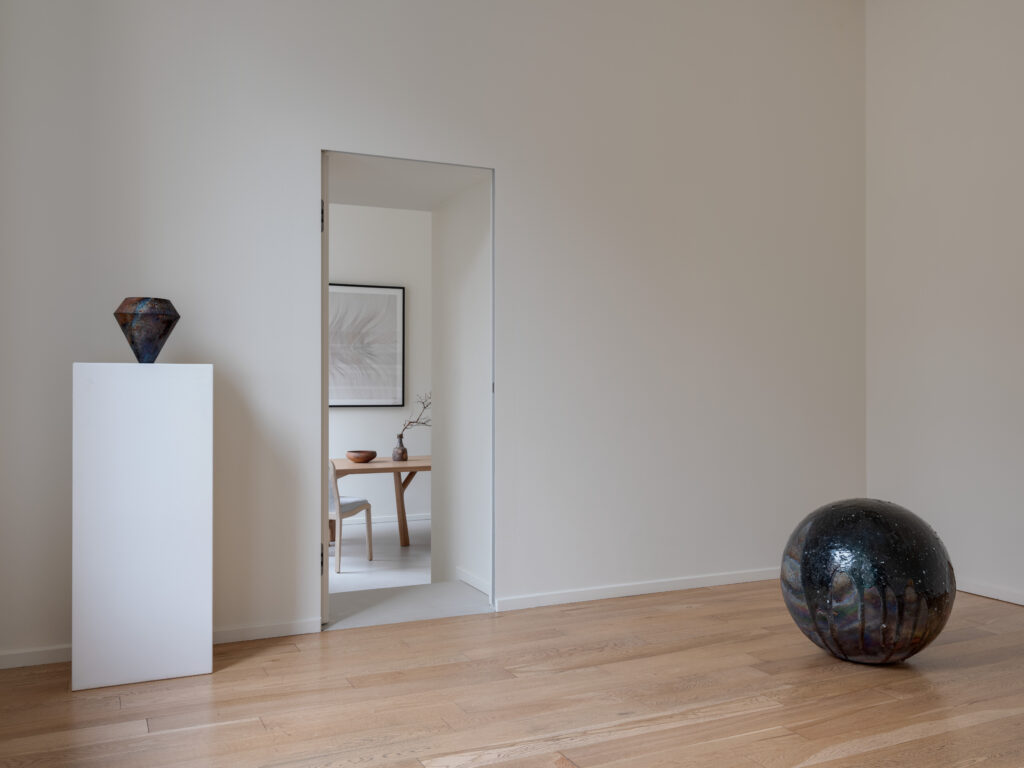
We are used to ceramics usually being utilitarian and applied to the home. Your work is not like that, and it is sometimes impossible to tell that it is actually made of clay. Can you tell us how important it was for you to work with this particular material? Do you deliberately give it a “Trickster” look, so that the ceramics don’t appear to be what they really are?
My father is a sculptor, so clay as a material has been familiar to me since childhood. But initially I was not interested in ceramics, especially not in practical ceramics. It was difficult for me to accept that the shape of my work would be distorted by firing or blurred by glaze. However, I liked the sensations of raw clay very much. This is how my work with ceramics began. I don’t think I’m doing anything special. I just observe what happens in the kiln and draw on my own character and experience.
Did you come up with this method of making ceramics yourself, where it becomes like metal? I wouldn’t call it my signature technique. I am still going through trial and error, based on the technique of “black pottery”, which has been used for over a thousand years, on the one hand, and on the other hand, the technique of “American raku”, which evolved from Japanese “raku-yaki” (note: 楽焼 raku-yaki is a type of hand-formed pottery).
Probably one of the key phenomena in Japanese culture related to ceramic craft is, of course, the culture of tea ceremonies. Is there any philosophy associated with this tradition present in your work?
I don’t know how much of it directly affects my work, but the philosophy of this culture certainly interests me. As a Japanese person, I am generally intrigued by the Japanese sense of aesthetics and its role in my work. For example, colour changes in my work over time. It is known that in the tea ceremony, the ageing of instruments is considered their “growth”, and the tea dust accumulated in the cracks increases their value. Changing is very important.
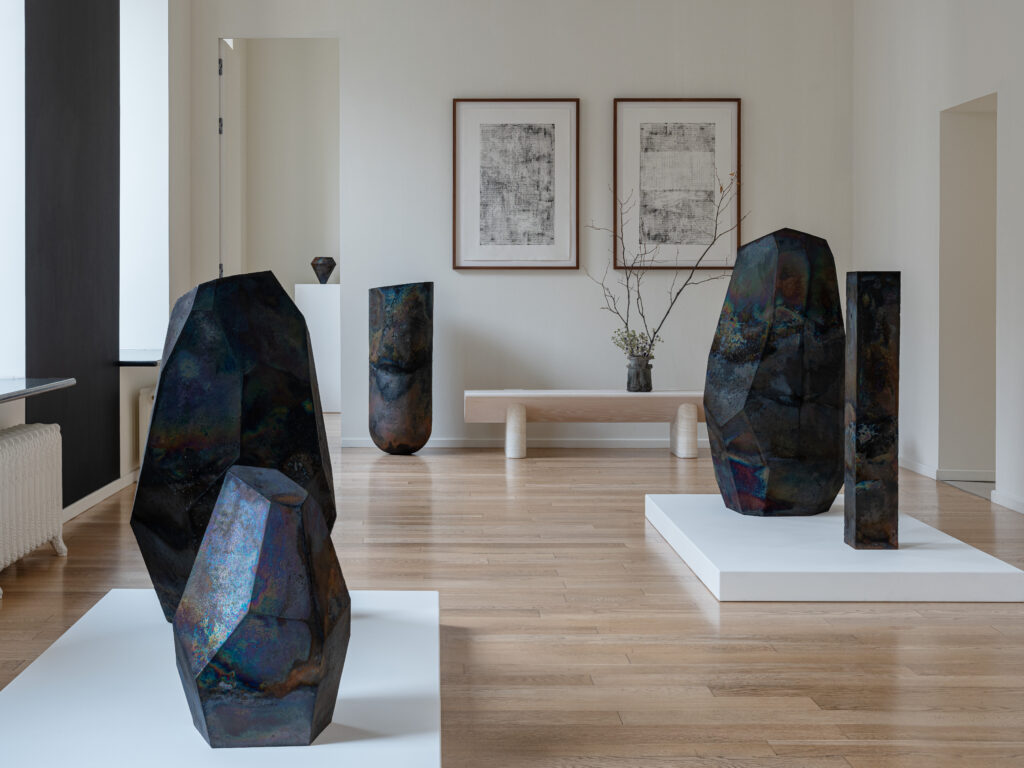
The forms of your work are complex yet minimalist. How long does it usually take you to find the right form?
I think you can set the shape itself quite quickly, but I always have to keep an eye on it during drying because deformation can usually occur at this stage. Afterwards it is also important to maintain the shape when firing at high temperatures.
Your pieces vary considerably in size. How long did it take to make your largest piece?
Taking into account the drying and firing time after moulding, about four months.
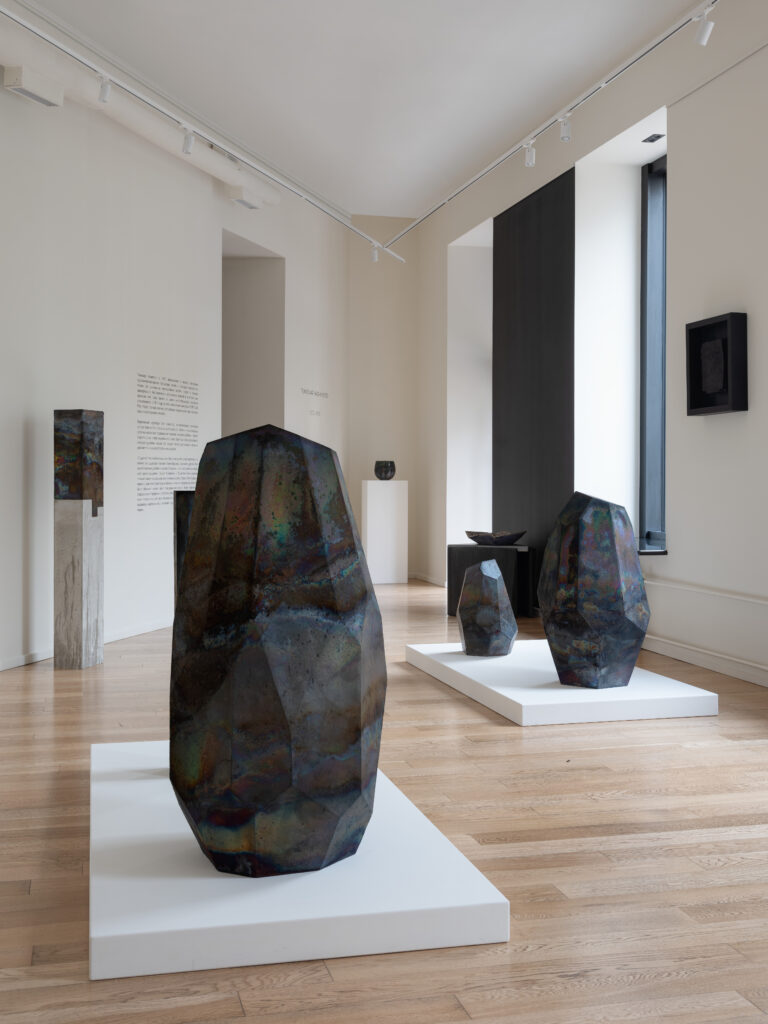
Do you consider your works to be contemporary art or unique pieces of design?
It is difficult to put this kind of work into any clear classification framework. I think that my path probably lies on the borderline between contemporary art and design. And I think the boundary between the two is rather blurred nowadays.
Tell us more about the Loewe Craft Prize and how you managed to win it in 2019.
The Craft Prize was initiated by Loewe brand director Jonathan Anderson. The Loewe Foundation, founded for this purpose, aims (as stated on their website) to support talented artisans whose “unique artistic vision and commitment to innovation set new standards for applied craft”. The prize for the now seventh edition of the artwork competition is €50,000. All shortlisted works will be presented in a special exhibition and accompanying catalogue in Paris in spring 2024.
I was among the finalists at the second attempt, and at the time I became the youngest winner of the prize. The 2019 competition was held in Tokyo, and attracted a lot of attention both in Japan and abroad at the time. It also attracted particular attention because the exhibition of the competition entries was held in the Sogetsu Kaikan exhibition space created by the legendary master Isamu Noguchi. The exhibition space and its synergy with each work presented was incredible.
